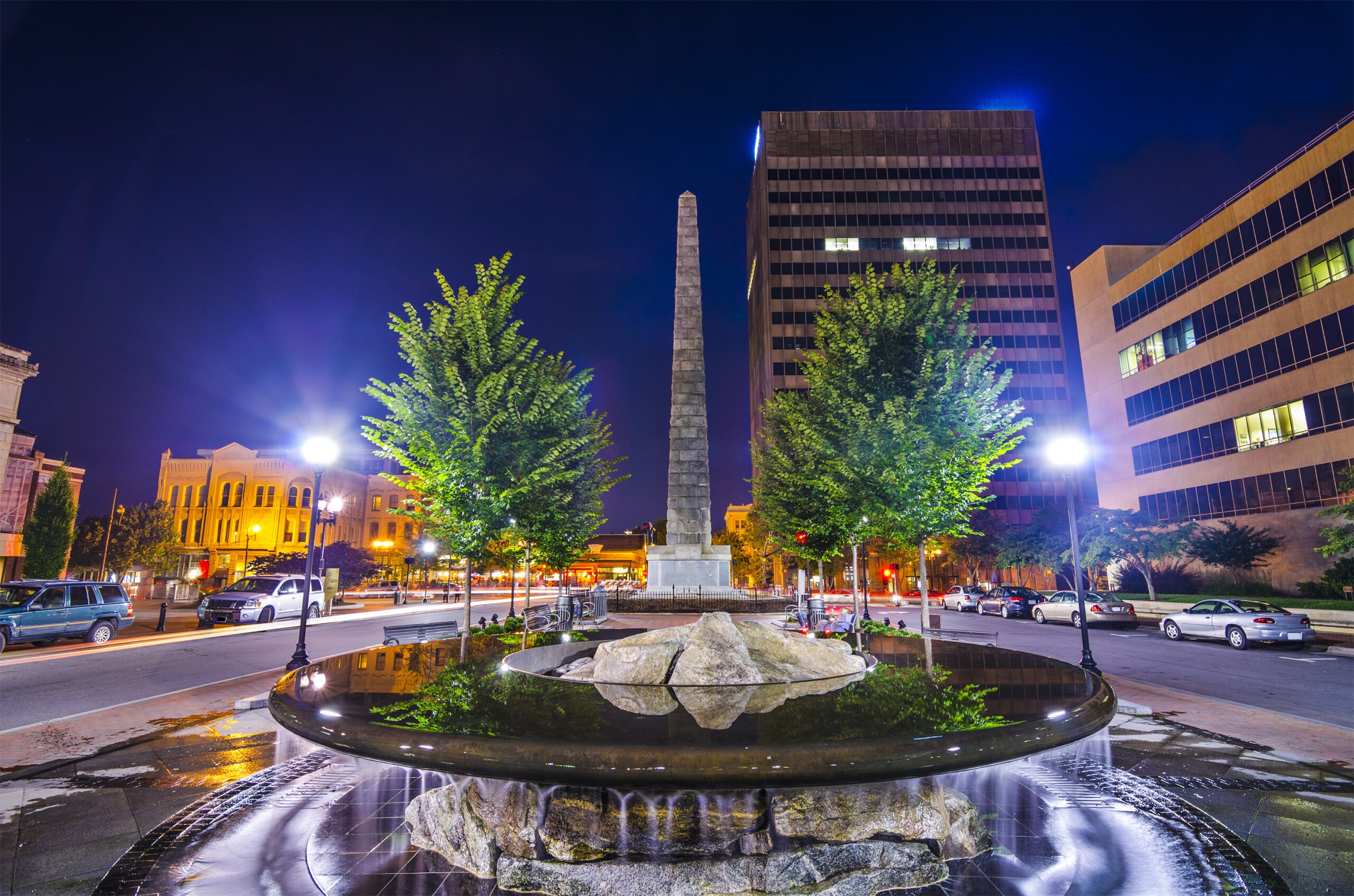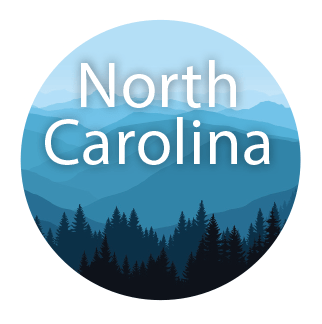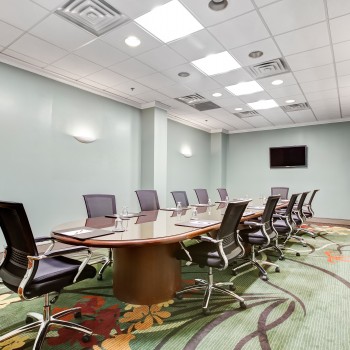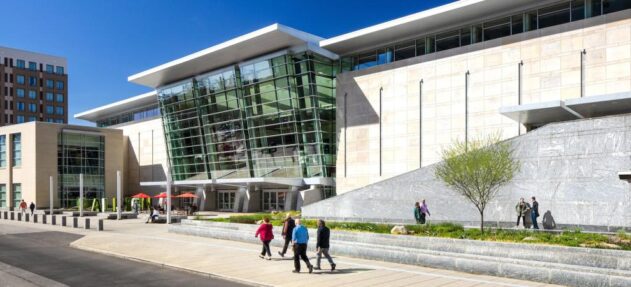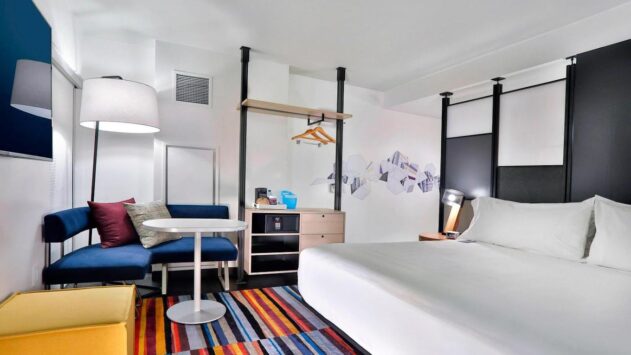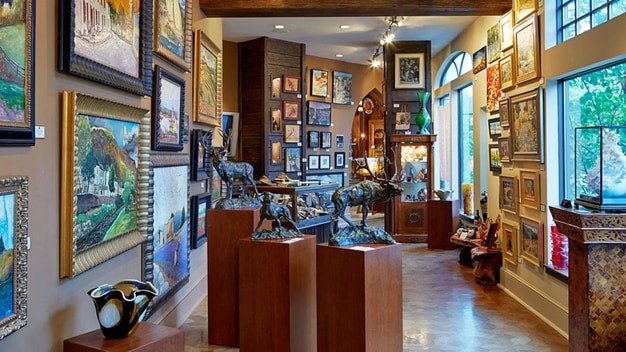Up-to-the minute meets old school charm and grit
By Gary Diedrichs
When you think of North Carolina, bigger-than-life personalities and destinations spring to mind. As in, NBA legend Steph Curry meets Asheville’s grandiose Biltmore Estate meets the Wright Brothers National Memorial. It’s got the mist-shrouded Great Smoky Mountains, colonial history dating to the 1690s and the country’s biggest sweet potato crop. Yet it’s future-facing, too. Research Triangle of Raleigh-Durham-Chapel Hill is a major tech hub. In short, old or new, traditional or trendy, the Tar Heel State has got you covered.
Local Expert Tip
“Raleigh, N.C., offers a stellar combination of productive meetings and enriching experiences. The City of Oaks embraces science and technology with its cutting-edge research institutions and dynamic startup culture, providing opportunities for intellectual exploration alongside business discussions. In Raleigh, meetings aren’t just about business; they’re about immersing oneself in a city where creativity, diversity, science, sports and Southern hospitality converge to inspire unforgettable moments.”
— Malinda Harrell, director of sales, Visit Raleigh
Beach Blanket Bingo

There’s no better way to get your inner Charleston on than In the Kitchen with Chef Bob Waggoner. Your guests can cook right along with this renowned local F&B pro during a private event in his downtown kitchen, as he marries distinctive Lowcountry flavors with French technique using seasonal ingredients.
All doubts about the dynamism of today’s Raleigh-Durham area will dissipate instantly at an offsite at Augmentality Labs, a virtual reality arcade with endless possibilities for immersion in casting spells, blasting zombies and exploring new worlds. Or book a mobile VR game set-up at your meeting venue.
History plays out before your eyes in Old Salem, where Moravian settlers lived in the 18th and 19th centuries. A National Historic Landmark on 100 acres, its cobblestone streets and old brick buildings are alive with reenacters like shoemakers and bakers.
Nature astounds throughout the state but nowhere more so than on Grandfather Mountain in Linville, with its adrenaline-rush aptly named the Mile High Swinging Bridge, one of the highest suspension footbridges in the country. There’s also a Nature Museum, native wildlife exhibits and many alpine trails.
Gateway to North Carolina’s Cape Fear Coast, Wilmington is a delightful mash-up and old and new. In that latter category is its newest neighborhood, the Cargo District, where creative dining, shopping and more are nested in reused shipping containers. Sip cocktails at the city’s first craft distillery or a latte at a local roastery that shares outdoor space with a beer garden.
Beach Blanket Bingo

North Carolina’s stretch of Atlantic coast is a seemingly endless string of visit-worthy barrier islands, quaint towns and sandy beaches. Whether your group will resonate most with the
teeming Riverwalk in Wilmington or the quiet shores of the Outer Banks, there’s a winner for everyone. Here are highlights.
“North Carolina’s stretch of Atlantic coast is a seemingly endless string of visit-worthy barrier islands, quaint towns and sandy beaches.”
The Cape Hatteras Lighthouse, tallest on the East Coast, is the serene sentinel and most recognizable landmark near the North Carolina village of Buxton, which has a quiet, small-town vibe. No visit to the lighthouse is complete without a stop at its adjacent Museum of the Sea.
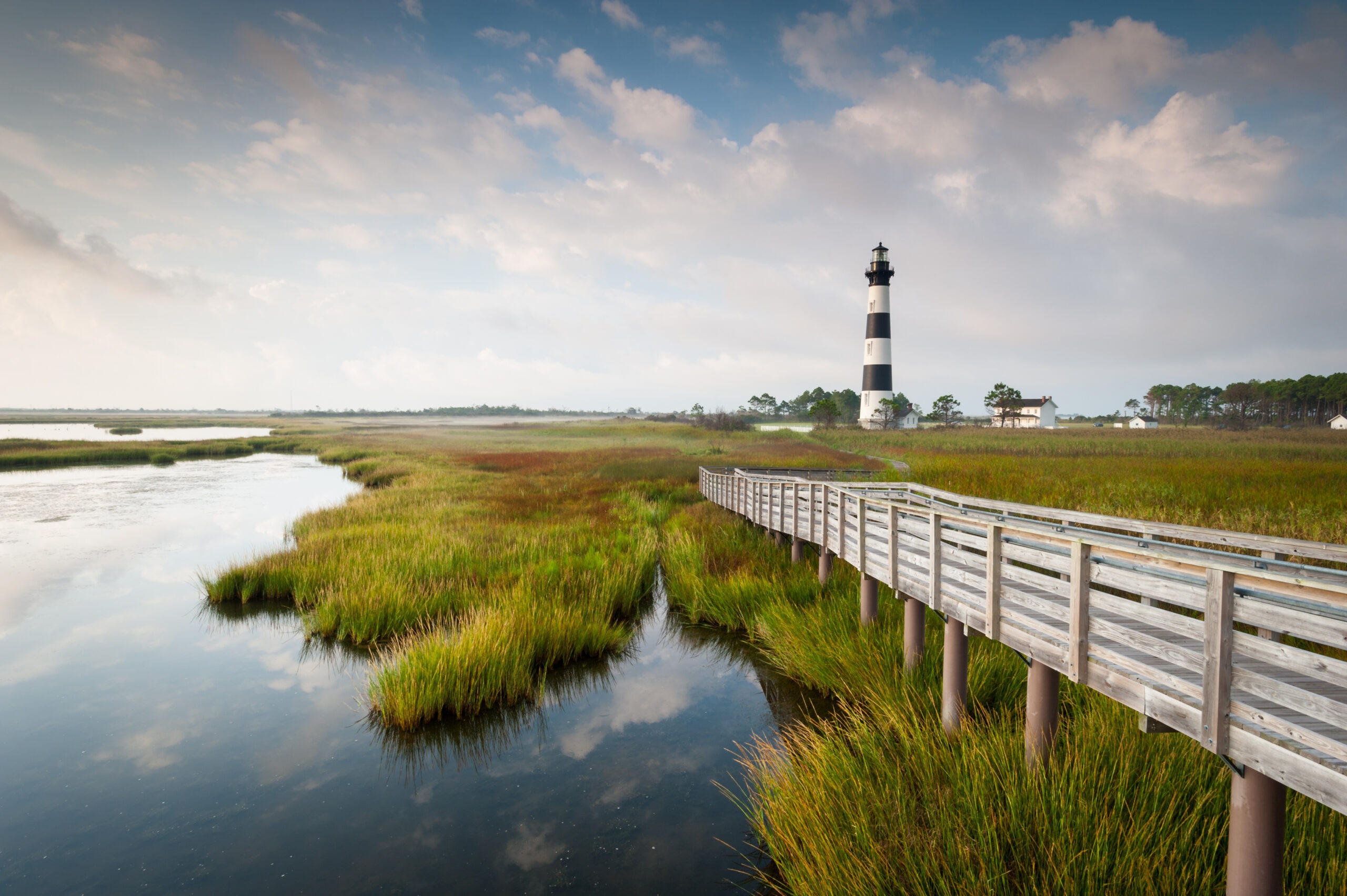
Cape Hatteras National Seashore, where you can drive right out onto the beach with a permit and watch fishing boats head out and back in at Oregon Inlet, stretches over 70 scenic miles. A thin strand of islands—the Outer Banks—offer sandy beaches, dunes, marshes and woodlands. The treacherous waters they edge are rightly known as the Graveyard of the Atlantic for the more than 600 ships that have wrecked over the centuries in shallows, storms and wars.
Nearby Corolla Beach is known for its wild horses, descendants of Colonial Spanish Mustangs, which you can see on a self-guided or professional tour and learn about at a museum with a gift shop. Groups can also check out the Betsy Dowdy Equine Center, a 31-acre spread in Grandy, where injured horses removed from the wild can heal and slowly be domesticated.
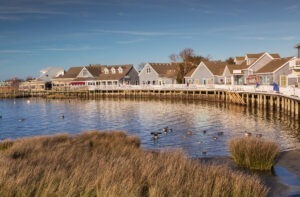
Not far away, the beach at the easygoing village of Duck consistently makes “best beaches of America” lists. Its year-round population of less than 1,000 swells more than 20-fold during peak summer season. The Town Park has trails through willow swamp and forest, plus access to the Duck Boardwalk that extends nearly a mile and has retail and eating establishments.
Heading further south, and below the Outer Banks, is the Crystal Coast, where a must-see is the North Carolina Aquarium at Pine Knoll Shores, in the Theodore Roosevelt Natural Area, which is mostly maritime forest. It features aquatic animals from as far away as the Smoky Mountains to as close as the open Atlantic.
Exhibits include a North American River Otter Habitat, a 50,000-gallon replica of a dive site thought to be the remains of Blackbeard the Pirate’s flagship, Queen Anne’s Revenge, and the Loggerhead Odyssey, which follows the journey of loggerhead sea turtles from being hatchlings on a North Carolina beach to the vast ocean with its many challenges. The museum offers behind-the-scenes tours, and there are also outdoor adventures like a marsh boardwalk, two nature trails, group activities and opportunities for offsite events.
In the Wilmington Area, prowl the city’s strollable, always-enticing River District, two miles of walkway along Cape Fear River with 200 restaurants, shops and attractions close at hand. Then head for Wrightsville Beach or the Brunswick Islands, 45 miles of uncrowded sand where you can sample Calabash-style seafood—a lightly breaded, deep-fried Southern staple—with a side of hushpuppies.
This article appears in the May and May/June 2024 issues. You can subscribe to the magazine here.
